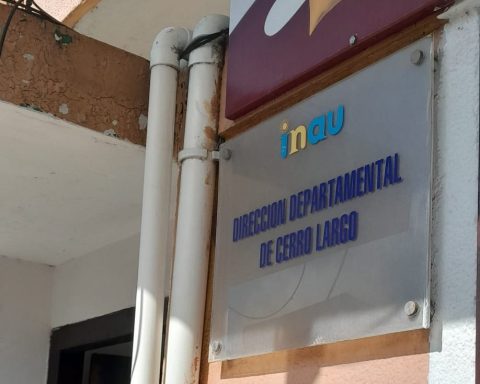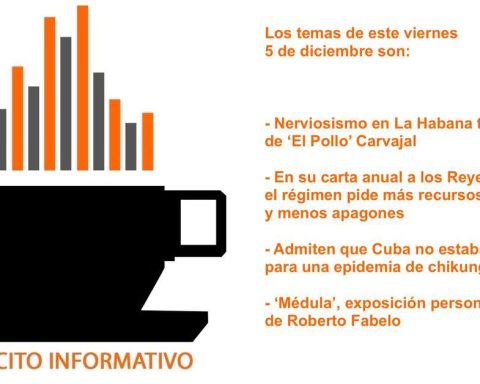The Uruguayan Institute of Meteorology (Inumet) concluded that the current dry spell, which runs from 2020 to 2023, has no “precedents”given the little amount of rain that occurred at this time and also because of its duration of so many years.
“Previous studies have indicated that prolonged periods of meteorological drought are generally grouped into 2 consecutive years; highlighting even more the exceptionality of this event, which already covers three and a half in a row“, concludes in a report published this Friday.
In turn, it is detailed that this period is only comparable with that of 1987-1989, which was also dry (3094 mm on average), while in the current one 3109 mm is recorded. But, it is determined that this period is drier due to the accumulated records in the south of the country and its prolongation.
For its part between February and April 2023, “the rainfall deficits in February showed that the southwestern zone was the most compromised with a deficit greater than 80%.”
“In the month of March where various precipitation events occurred towards the second fortnight, they generated positive anomalies in a large part of the country, with the exception of the south and southwest (Soriano, Colonia, San José, Montevideo, Canelones, southern Florida and Maldonado ), where the deficit ranged between 20% and 40%, while in April, the rains once again presented a negative bias throughout Uruguaywith higher deficit values in the central and northern strips,” the agency says.
“After the months and being very deficient throughout the national territory, mainly to the south of the Negro River, what it shows is that we are facing the greatest period of drought, not only because of the intensity but also because of the prolongation. It is three and a half years when most studies conclude that the periods are two years“, Inumet’s head of forecasts, Néstor Santayana, told Telemundo.
“The situation in the extreme southwest and south will not reach normality in May and it will affect the basins. And besides that the rains are scarce, evaporation will increase due to the temperatures“, he added.
















